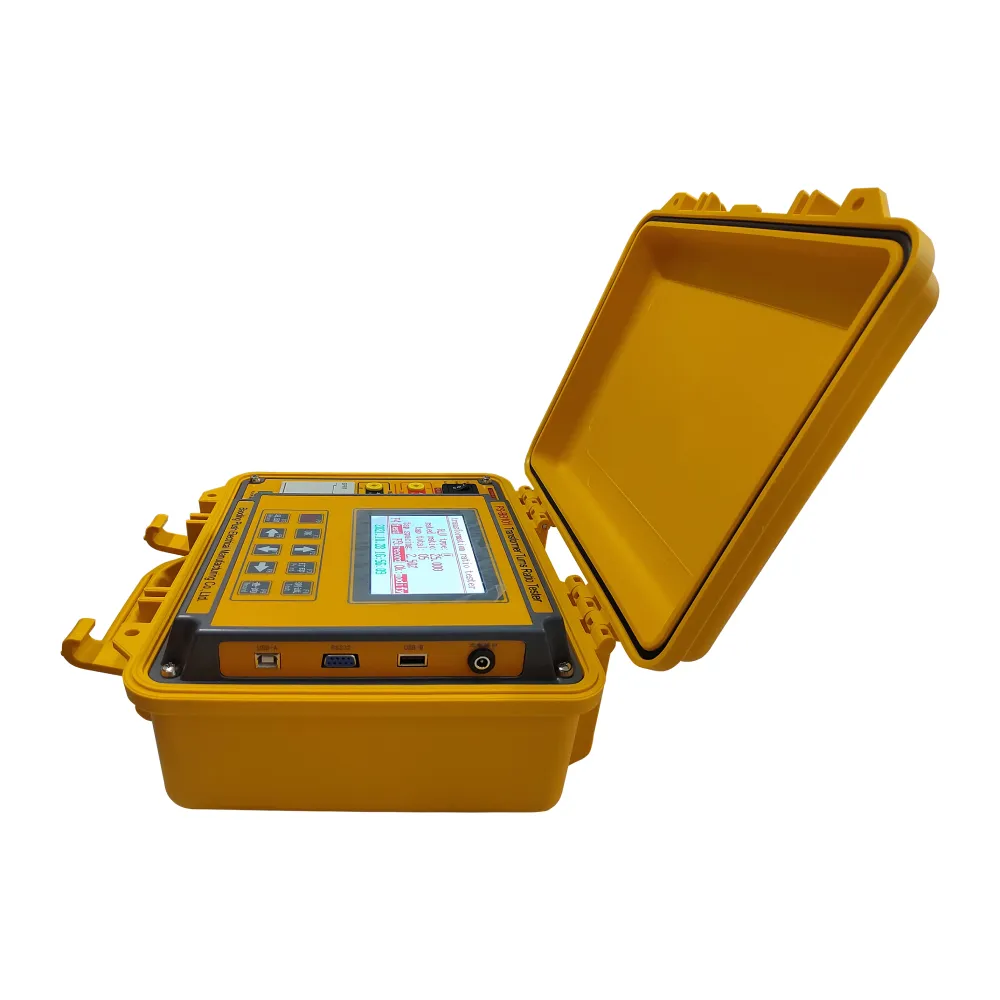 English
English



-
 Afrikaans
Afrikaans -
 Albanian
Albanian -
 Amharic
Amharic -
 Arabic
Arabic -
 Armenian
Armenian -
 Azerbaijani
Azerbaijani -
 Basque
Basque -
 Belarusian
Belarusian -
 Bengali
Bengali -
 Bosnian
Bosnian -
 Bulgarian
Bulgarian -
 Catalan
Catalan -
 Cebuano
Cebuano -
 China
China -
 China (Taiwan)
China (Taiwan) -
 Corsican
Corsican -
 Croatian
Croatian -
 Czech
Czech -
 Danish
Danish -
 Dutch
Dutch -
 English
English -
 Esperanto
Esperanto -
 Estonian
Estonian -
 Finnish
Finnish -
 French
French -
 Frisian
Frisian -
 Galician
Galician -
 Georgian
Georgian -
 German
German -
 Greek
Greek -
 Gujarati
Gujarati -
 Haitian Creole
Haitian Creole -
 hausa
hausa -
 hawaiian
hawaiian -
 Hebrew
Hebrew -
 Hindi
Hindi -
 Miao
Miao -
 Hungarian
Hungarian -
 Icelandic
Icelandic -
 igbo
igbo -
 Indonesian
Indonesian -
 irish
irish -
 Italian
Italian -
 Japanese
Japanese -
 Javanese
Javanese -
 Kannada
Kannada -
 kazakh
kazakh -
 Khmer
Khmer -
 Rwandese
Rwandese -
 Korean
Korean -
 Kurdish
Kurdish -
 Kyrgyz
Kyrgyz -
 Lao
Lao -
 Latin
Latin -
 Latvian
Latvian -
 Lithuanian
Lithuanian -
 Luxembourgish
Luxembourgish -
 Macedonian
Macedonian -
 Malgashi
Malgashi -
 Malay
Malay -
 Malayalam
Malayalam -
 Maltese
Maltese -
 Maori
Maori -
 Marathi
Marathi -
 Mongolian
Mongolian -
 Myanmar
Myanmar -
 Nepali
Nepali -
 Norwegian
Norwegian -
 Norwegian
Norwegian -
 Occitan
Occitan -
 Pashto
Pashto -
 Persian
Persian -
 Polish
Polish -
 Portuguese
Portuguese -
 Punjabi
Punjabi -
 Romanian
Romanian -
 Russian
Russian -
 Samoan
Samoan -
 Scottish Gaelic
Scottish Gaelic -
 Serbian
Serbian -
 Sesotho
Sesotho -
 Shona
Shona -
 Sindhi
Sindhi -
 Sinhala
Sinhala -
 Slovak
Slovak -
 Slovenian
Slovenian -
 Somali
Somali -
 Spanish
Spanish -
 Sundanese
Sundanese -
 Swahili
Swahili -
 Swedish
Swedish -
 Tagalog
Tagalog -
 Tajik
Tajik -
 Tamil
Tamil -
 Tatar
Tatar -
 Telugu
Telugu -
 Thai
Thai -
 Turkish
Turkish -
 Turkmen
Turkmen -
 Ukrainian
Ukrainian -
 Urdu
Urdu -
 Uighur
Uighur -
 Uzbek
Uzbek -
 Vietnamese
Vietnamese -
 Welsh
Welsh -
 Bantu
Bantu -
 Yiddish
Yiddish -
 Yoruba
Yoruba -
 Zulu
Zulu
auto titrator
The Role of Auto Titrators in Modern Laboratories
In the world of analytical chemistry, precision and accuracy are paramount. Auto titrators, advanced instruments designed to automate the titration process, have revolutionized how laboratories conduct quantitative analysis. These devices not only enhance efficiency but also improve the reliability of results, making them indispensable in various fields, including pharmaceuticals, food and beverage testing, and environmental monitoring.
An auto titrator functions by automatically dispensing a titrant into a solution containing the analyte until the reaction reaches its endpoint. This endpoint is often indicated by a color change, pH shift, or other measurable signal. The key advantage of an auto titrator lies in its ability to perform this process with minimal human intervention, thereby reducing the potential for human error and ensuring consistent results across multiple trials.
One of the standout features of modern auto titrators is their precision. These instruments are equipped with high-quality pumps and sensors that allow for the accurate delivery of titrants and the precise measurement of changes in the solution. This level of accuracy is crucial for industries where even minor deviations can lead to significant consequences. For instance, in pharmaceutical laboratories, exact concentrations are vital for drug formulation and quality control.
auto titrator

Moreover, auto titrators offer significant time-saving benefits. Traditional manual titration can be a slow and labor-intensive process. In contrast, auto titrators can run multiple samples simultaneously, allowing laboratories to process larger volumes of data in a shorter amount of time. This increased throughput is particularly beneficial in high-demand environments, such as quality control in manufacturing or compliance testing for regulatory standards.
In addition to efficiency and precision, auto titrators also enhance data management capabilities. Many of these instruments come with software that allows for easy data collection, storage, and analysis. Users can generate detailed reports that include titration curves, calculated concentrations, and statistical analyses. This feature not only aids in compliance with regulatory requirements but also facilitates better decision-making based on robust data.
Furthermore, the accessibility of auto titrators has improved significantly with technological advancements. Today, many models are user-friendly, featuring intuitive interfaces that make them suitable for operators with varying levels of expertise. Enhanced training programs and online resources also support laboratory personnel in effectively utilizing these complex instruments.
In conclusion, auto titrators represent a significant advancement in analytical chemistry, providing laboratories with tools that enhance accuracy, efficiency, and data management. As industries continue to evolve and the demand for precise analytical results grows, the role of auto titrators will only become more critical. Embracing this technology not only facilitates better research and quality control but also positions laboratories to meet the challenges of the future with confidence.
-
Testing Equipment Industry Sees Major Advancements in 2025: Smart & Precision Technologies Lead the WayNewsJun.06,2025
-
Applications of Direct Current Generators in Renewable Energy SystemsNewsJun.05,2025
-
Hipot Tester Calibration and Accuracy GuidelinesNewsJun.05,2025
-
Digital Circuit Breaker Analyzer Features and BenefitsNewsJun.05,2025
-
Benefits of Real-Time Power Quality Monitoring Devices for Industrial EfficiencyNewsJun.05,2025
-
Earth Fault Loop Testing in High-Rise Building Electrical SystemsNewsJun.05,2025



